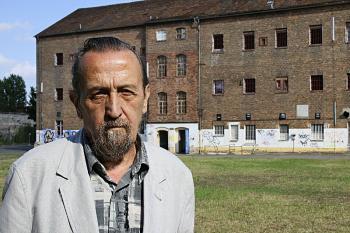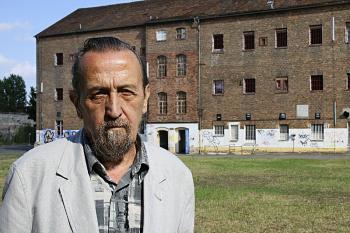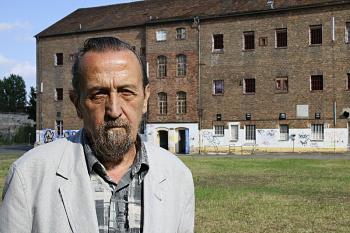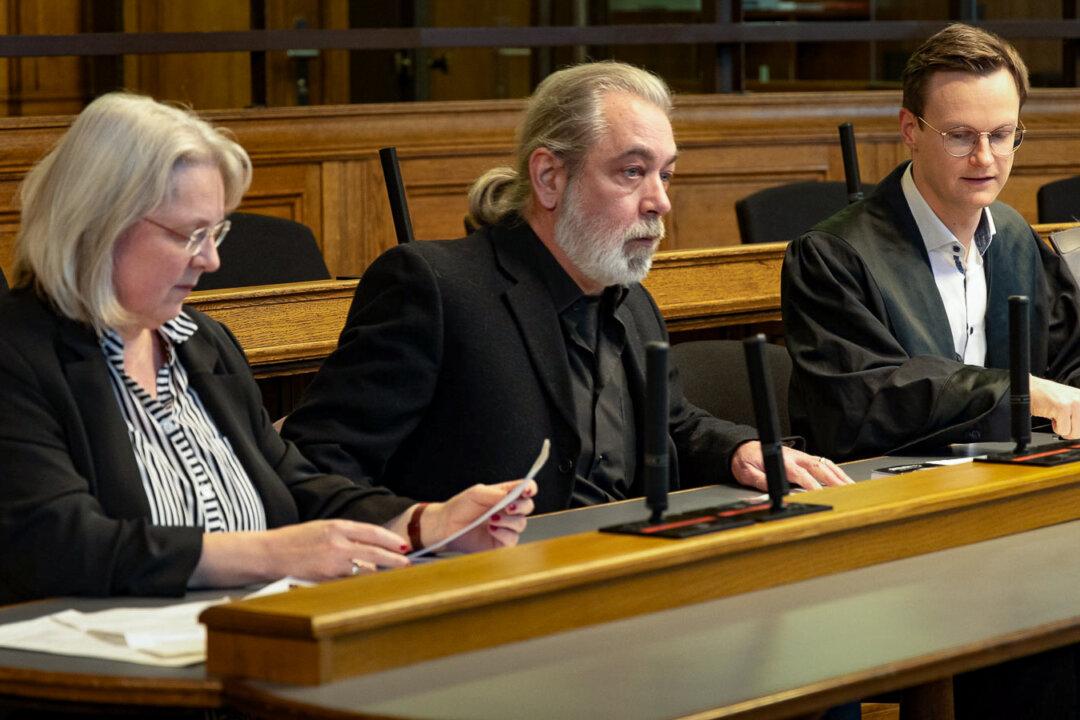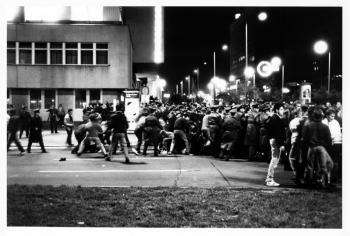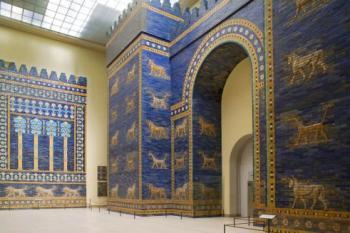Raimund Anjust was born in Lichterfeld in 1935. At the tender age of 13, he was already viewed as a thorn in the side of the relatively young German Democratic Republic (GDR.) This totalitarian system held a viewpoint that mainly promoted the status of “workers and farmers"—physical laborers—and blatantly discriminated against members of other social strata.
Anjust was born into a middle-class family, and his schoolteacher, who was also party secretary, continually drove the point of Anjust’s background home to the young man. The teacher relentlessly ostracized him in front of his classmates by disparaging his background, saying that he belonged to a dying class system. He damaged the young boy’s school supplies and constantly took discriminatory measures against him. In an effort to understand the demeaning behavior of his teacher, Anjust intently researched the works of Marx and Lenin.
He contemplated the works of Lenin, and the “rape of the bourgeois philosophy, as Hegel [a German philosopher (1770-1831)] expressed it.” Hegel’s philosophical writings examined the relationship between mind and nature. His ideas were appropriated by Marx, and served as the foundation for Marx’s theories of communism. Anjust came to understand, through his personal experience and research, how theories, when put into practice and taken to the extreme, can transform into the dogma that fuels persecution. His future experiences would only prove to corroborate the experiences of his youth.
In 1952, Anjust, as the son of an independent attorney, was refused higher education, with the excuse that “the quota was exhausted.” He was thus barred from any further formal education. Although this strategy was not recognized as government policy in the GDR, it was a discriminatory measure perpetrated against middle-class families, and families of the clergy.
Joining the ‘Gehlen Organization’
Reinhard Gehlen (1902-1971) was a major general in the German military during World War II, and the mastermind of the Gehlen Organization. The most renowned master spy of the Cold War, Gehlen gathered intelligence information at the Eastern Front, and was later recruited by the U.S. military to form a spy ring.
Deprived of higher education, Anjust distributed flyers in the evening. These flyers expressed that the forming of a so-called friendly force in the GDR, such as the paramilitary police force, was nothing more than the expanding of its militarization, through the building up of a new army faction. At the same time, he pointed out the state’s deterioration of social benefits, and its consequences. In 1953, after being contacted by the forerunner organization of the federal intelligence news service, he joined the Gehlen Organization. He was tasked with collecting information on military and social activities within the GDR. This included monitoring Russian troop movements, with their shifts or changes. He was also asked to assist in the flight of a Russian major, from East Berlin to the Federal Republic of Germany.
A friend became a turncoat, betraying Anjust, and also provided other names to the Security Ministry, the GDR counterpart of the Gehlen Organization. Subsequently, Gehlen and some of his associates were arrested. Due also to the traitor’s collaboration with the GDR agency, the GDR State Security kidnapped a liaison man in Germany. He was anesthetized and abducted to the GDR.
After his arrest, Anjust was taken to the former Cottbus district office of the Ministry of the Interior, which also served as office for the State Security. He suffered sleep deprivation for several days – he was interrogated all night, and deprived of rest during the day. Later, he was held in a dark prison cell, which due to its tiny dimensions, forced him to remain in a standing position.
The State Security hoped to force a confession from Anjust through means of torture. He recalled that the food was terrible. Furthermore, he was denied any type of personal hygiene for four months, and for many months he was also deprived of his privilege to walk outside the prison. To get some exercise, he would constantly walk in a figure eight pattern in his small cell.
